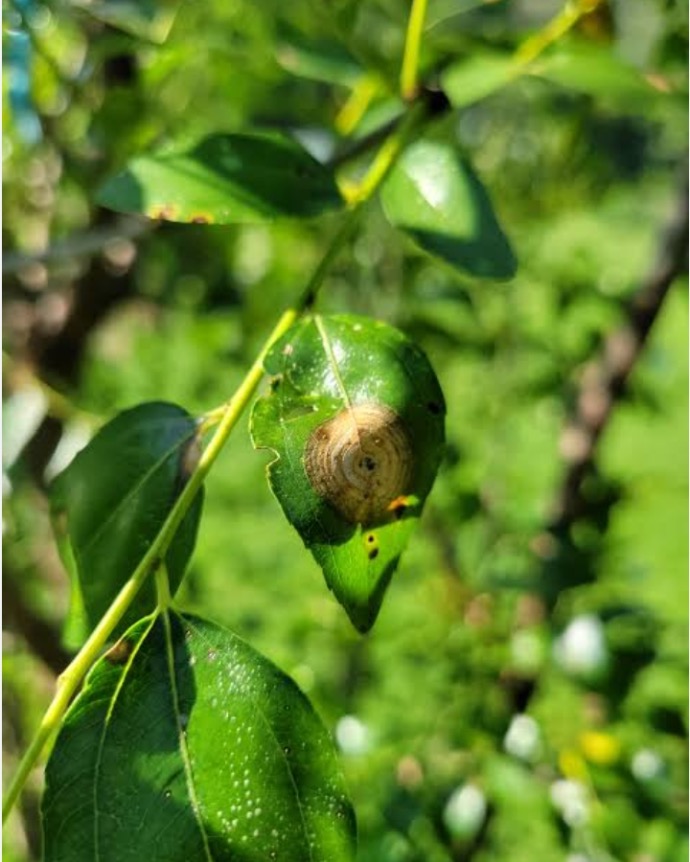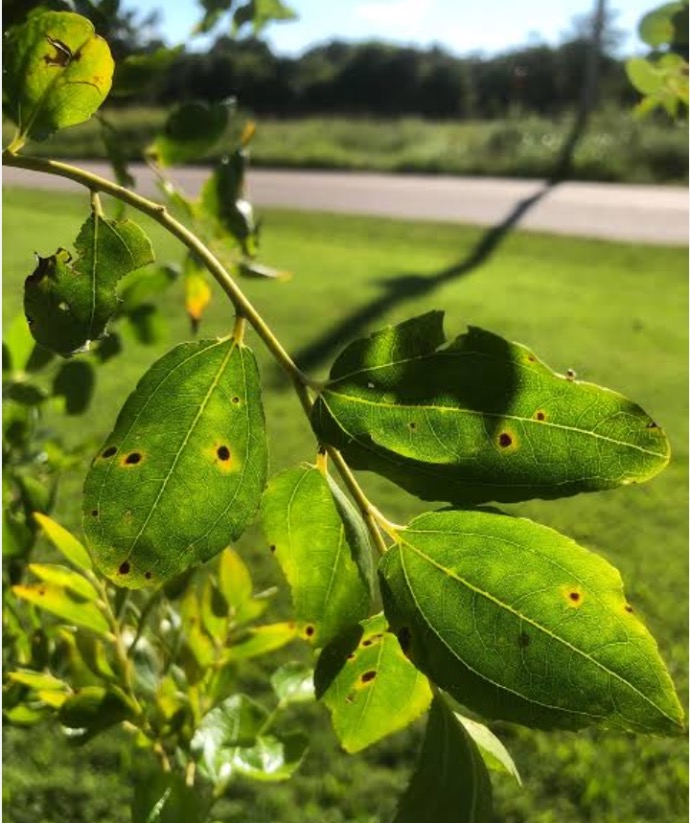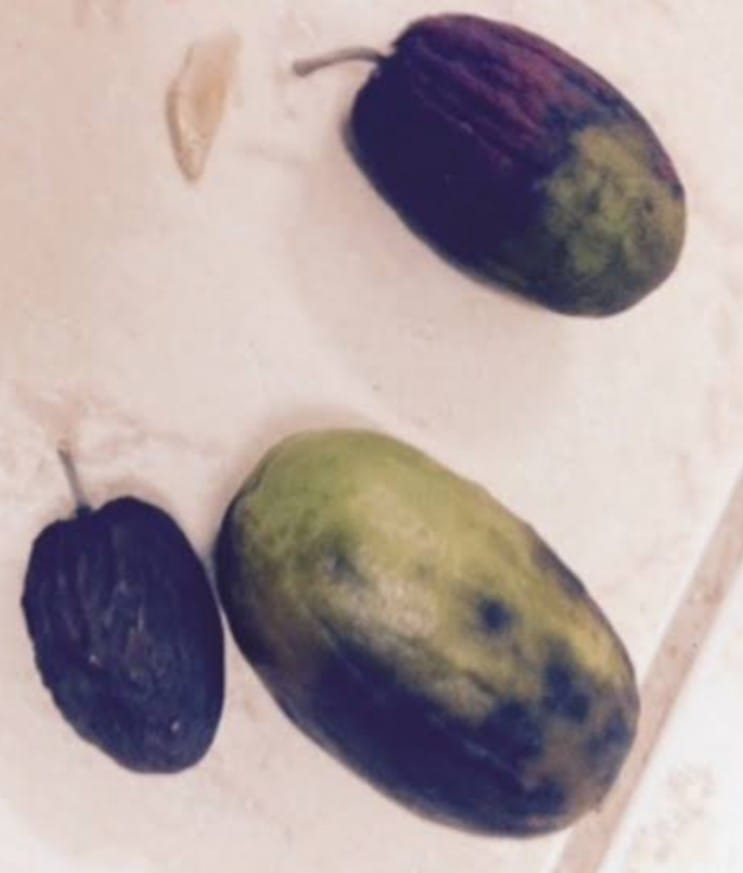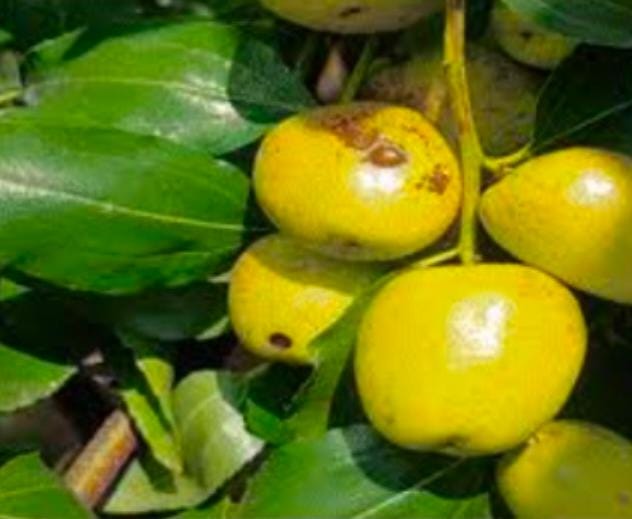Indian Jujube
Indian jujube trees commonly called as Apple Bear, 15-30 feet tall in Zones 9-11, exhibit fast growth in well-drained soil and full sun. Known for their small and sweet fruits, Indian jujubes are enjoyed fresh or dried.
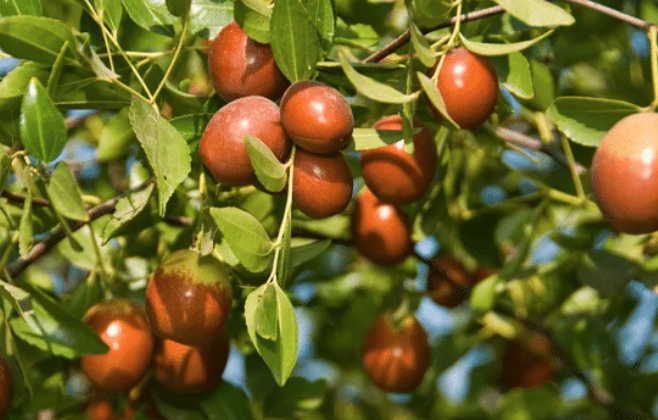
Habit
Tree
Height
3 to 4 m
Growth
Fast
Soil
Well-drained, Sandy Loam
Shade
Full Sun to partial shade
Moisture
Moderate
Edible
Yes
Medicinal
Yes
Origin
India
Climatic Condition
Tropical, Subtropical
Temperature (°)
20°C to 30°C
Humidity (%)
60% to 70%
Potting media
50% Loam, 30% Sand, 20% Compost
Fertilizers
Organic Fertilizer
Watering
Regular watering
Plant Weight
1 to 2 kg
Flowering Time
Summer to Fall
Soil Ph level
6.0 to 7.5
Water Ph level
6.0 to 7.5
Soil EC
0.6 to 1.0 mS/cm
Yield Per Plant
6 to 10 kg per plant
NPK ratio
10:10:10
life Span
30-50 years
Health Benefits
Anti-inflammatory, Anti-bacterial
Suggested Grow Media or Potting Mix ?
50% loam, 25% compost, 25% sand
Suggested Fertigation/Fertilizers
Fertilize every 6 weeks with a balanced fertilizer.
Common Diseases and Remedies
Rust , anthracnose, white rot , fruit rot
diseases are produced on leaves in the form of small , light brown to brown irregular spots. Individual spots may coalesce to form large irregular areas on the leaf blade.
use disease free seeds
HEALTH BENEFITS
· High in vitamin C, supporting immune function.
· Promotes digestion and relieves constipation.
· Has calming effects, aiding sleep and reducing anxiety.
What Is An Indian Jujube?
Ziziphus mauritiana, also known as Indian persimmon, Indian jujube Chinese persimmon, Chinese apple, barber and dunk, is a fruit tree belonging to the Rhamnaceae family.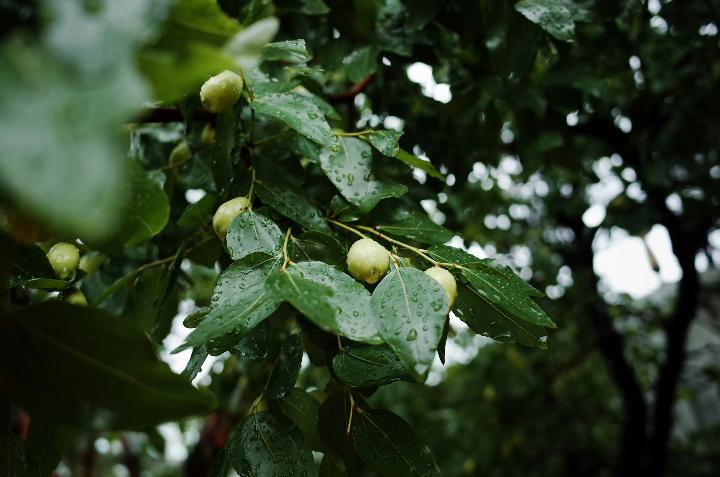
What Are The Different Types Of Indian Jujube?
1. Ziziphus mauritiana
Also known as Indian plum, Chinese apple, Indian persimmon, Chinese persimmon and dunk, these fruit trees are found in tropical and subtropical Asia.
2. Ziziphus jujuba
Also known as Indian persimmon or Chinese persimmon, this plant has a cultural history of over 4,000 years and is considered native to the Mediterranean region.
3. Ziziphus nummularia
Also known as wild palm or jhahrberi, this tree is native to the Thar Desert in western India and eastern Pakistan, southern Iran, Afghanistan, Lebanon and Zimbabwe.
4. Indian jujube
Although many people are familiar with the Chinese persimmon, in India Indian plums are more popular than the fruits of the same name.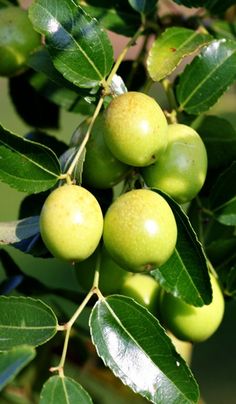
How To Care Indian Jujube?
They do best in direct light and should be less than 1 meter away from the window. Indian sunflower prefers well-drained soil.
Location
The main producers of date palm are the arid and semi-arid regions of India. With various improvements, from 1984 to 1995, production reached 900,000 tons on 88,000 hectares. The crop is also grown in Pakistan, Bangladesh and some parts of Africa.
Sunlight
They do best in constant direct light ☀ and should be less than 1 meter from the window.
Soil
High temperature, cold wind and various soils such as limestone, red soil and sandy soil
Hydration
Indian sun requires 0.8 cup of water every 9 days in a 5.0 inch pot when not direct. In a pot in a sunny and cool place.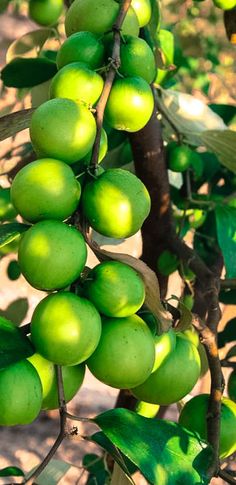
Normally being an outdoor, sunny plant, it shows signs of poor light when placed in a poorly lit room.
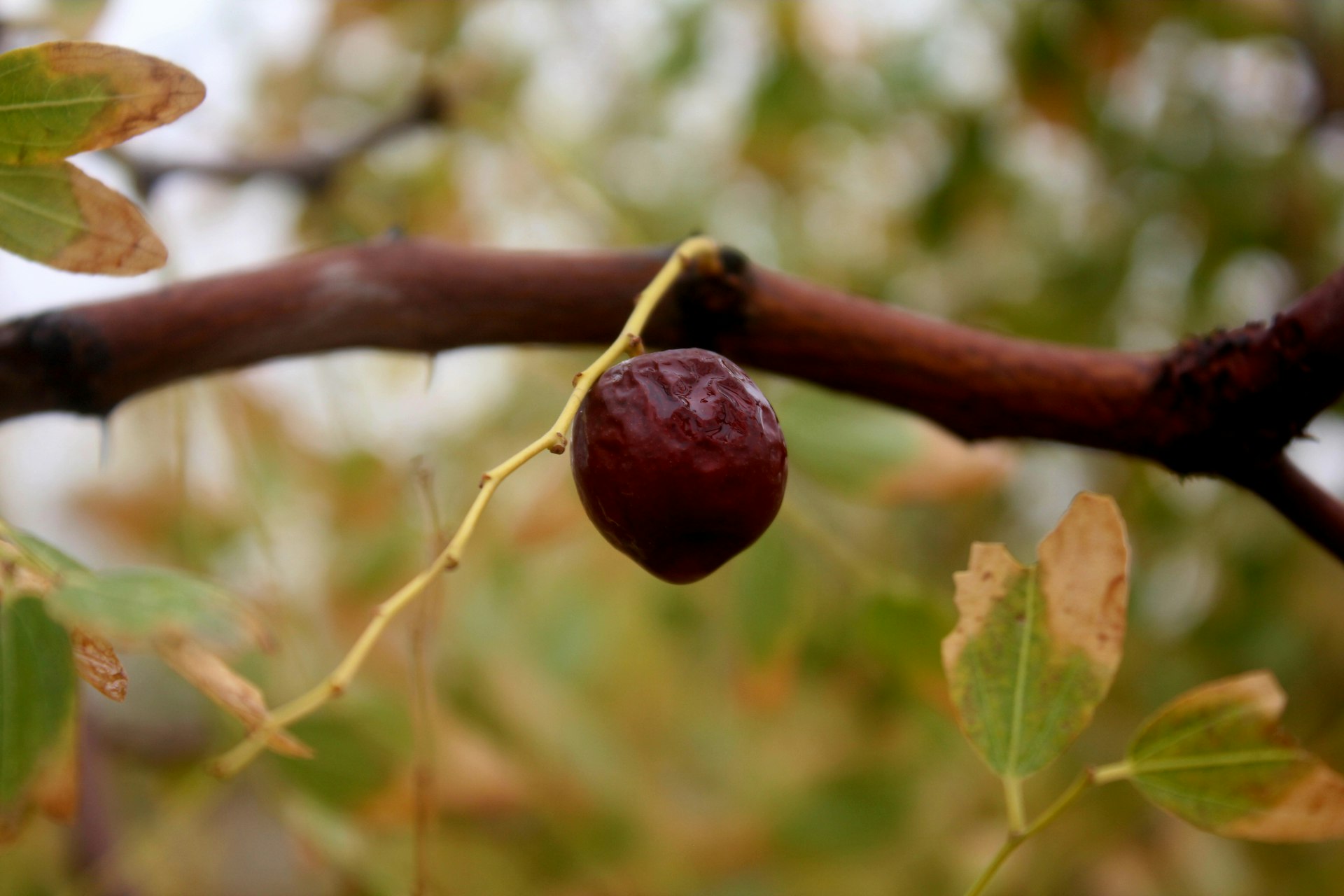
FAQs About Growing Indian jujube
1.What is the other name of Indian jujub ?
A. Ziziphus mauritiana
2. What is the other name of jujube?
A. Plum, jujube, olive, red date, Indian date, Malay date.
3. How much acid is in the Indian sun?
A. Ascorbic acid, triterpene acids, phenolic acids, amino acids, saponins, cerebrosides, flavonoids, polysaccharides and minerals.
4. What is Indian palm virus?
A. Rust, anthracnose, white rot, fruit rot, skin spot, fruit shrivelling, dieback, gorse
